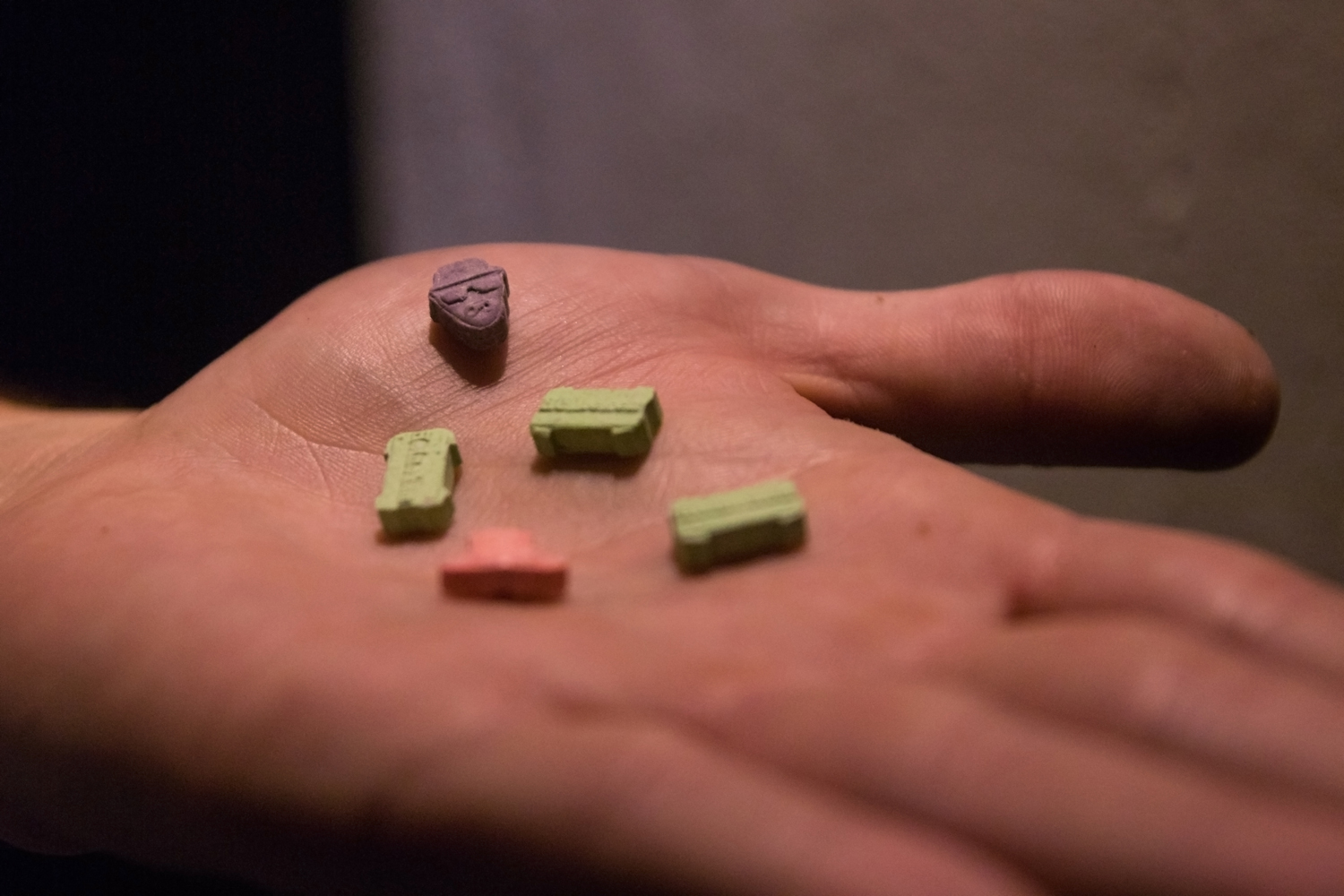
Otago University psychology PhD student Jai Whelan recently conducted the largest ever national study of MDMA use in New Zealand.
With a neuroscience background and keen interest in all drugs, Jai was motivated to look at MDMA due in part to what he describes as the “pretty terrible” state of current research. He says part of the goal of his research was to give a voice to people who use MDMA and to help inform drug policy and harm reduction efforts nationally. “Most people aren’t in a position to be open about their drug use. I want to help people who use MDMA to have a voice in this space," he says.
Whelan interviewed 60 New Zealanders in-person about all aspects of their MDMA use and another 800 completed a comprehensive online survey.
As it turns out, the MDMA user community in New Zealand is diverse; participants in the interview and survey came from across the country and ranged in age from 18 to 67.
"[MDMA] makes me feel more open, loving, euphoric... more sociable and open to others' ideas and ways of thinking, and less guarded. I'm a reasonably neurotic person, and it seems to eliminate that for a short time."*
His respondents reported taking MDMA for a variety of reasons, including out of curiosity, to experience euphoria or closeness with friends, or to become more open. Typically, they took MDMA in social settings like music festivals or house parties and most reported no significant negative consequences, enjoying the experience and having fun with friends. Many people spoke of finding benefits from MDMA that went beyond the trip, including strengthening friendships and emotional availability.
“It’s not like people get sucked in, or however you want to frame it. The benefits… are impactful on some people’s lives,” Jai says.
Most respondents preferred consuming MDMA orally (swallowing) or nasally (snorting) and preferred crystal or powder forms over pills or capsules. The substances most commonly reported being taken in combination with MDMA were alcohol, nicotine (tobacco/vapes), and cannabis.
"[Feeling] euphoria, connected to friends and lovers in a really special and open way. More energy to dance and enjoy the gig/rave/experience. Increased physical sensations and pleasure with touch, hugs, etc. Tapping into the childlike playfulness."*
While most people reported having had no negative experiences, some spoke of feeling anxiety during their trip, which could cast a shadow over the experience. The main negatives people described were related to comedowns, with people feeling tired and having a low mood.
Some of the negatives reported were associated with unintentionally taking cathinones falsely sold as MDMA.
"Negatives are the tiredness and slight flatness the second day after taking [MDMA]."
"[MDMA] can be a bad time pretty easily, bad interactions with pre-existing headspace and other substances. Generally, anxiety and heart racing. Once caused gnarly mental struggles and triggered an episode of PTSD fight/flight looping."*
This is where it becomes apparent how Whelan’s research could help to inform harm reduction efforts in Aotearoa.
Harm reduction approaches focus on helping people reduce potential health, social, and legal harms, without requiring people to stop using drugs. Drug checking is one harm reduction initiative that’s already happening in New Zealand. At a drug checking clinic, a person can bring along a sample of a drug and have it tested with a scientific machine called a spectrometer to find out what’s really in it. They’re told the result and given information to help them make informed choices about if, when, where and how they take it.
The majority of respondents to Jai’s study believed drug checking was a good idea, but only about 30% had actually used the service, with one of the main reasons cited being a lack of availability of services.
Over 40% of respondents had used reagent test kits - chemicals that change colour on contact with a certain drug and can help people get an idea of what they have. However, some people were not aware of the limitations of reagent tests, which only show the presence of a certain drug and can't differentiate between drugs in a mixture. These findings suggest a need for more accessible and reliable drug checking services, so that people who use drugs have ways to stay safer.
“There is a huge range of use and user knowledge of harm reduction, some people during the in-person interviews would pull out harm reduction [information]. Others, when asked, would say, ‘what’s harm reduction?’” says Whelan. He hopes his research will help to inform drug policy and harm reduction efforts nationally.
Whelan’s study has not yet been published, but the results are likely to be released over the next 12 months. We'll keep you posted!
*MDMA experiences collected by The Level/NZ Drug Foundation
Related stories
Recent stories
What is tusi (pink cocaine)?
It's pink, but it isn't cocaine or 2C-B. Here's what you need to know about tusi or pink cocaine.
What to do if your drink has been spiked
Here's what to do and support services you can contact if you think your drink has been spiked.
What is opioid substitution treatment?
Opioid substitution treatment is where people who are addicted to opioids (like heroin or morphine) can get a safer medicine instead.